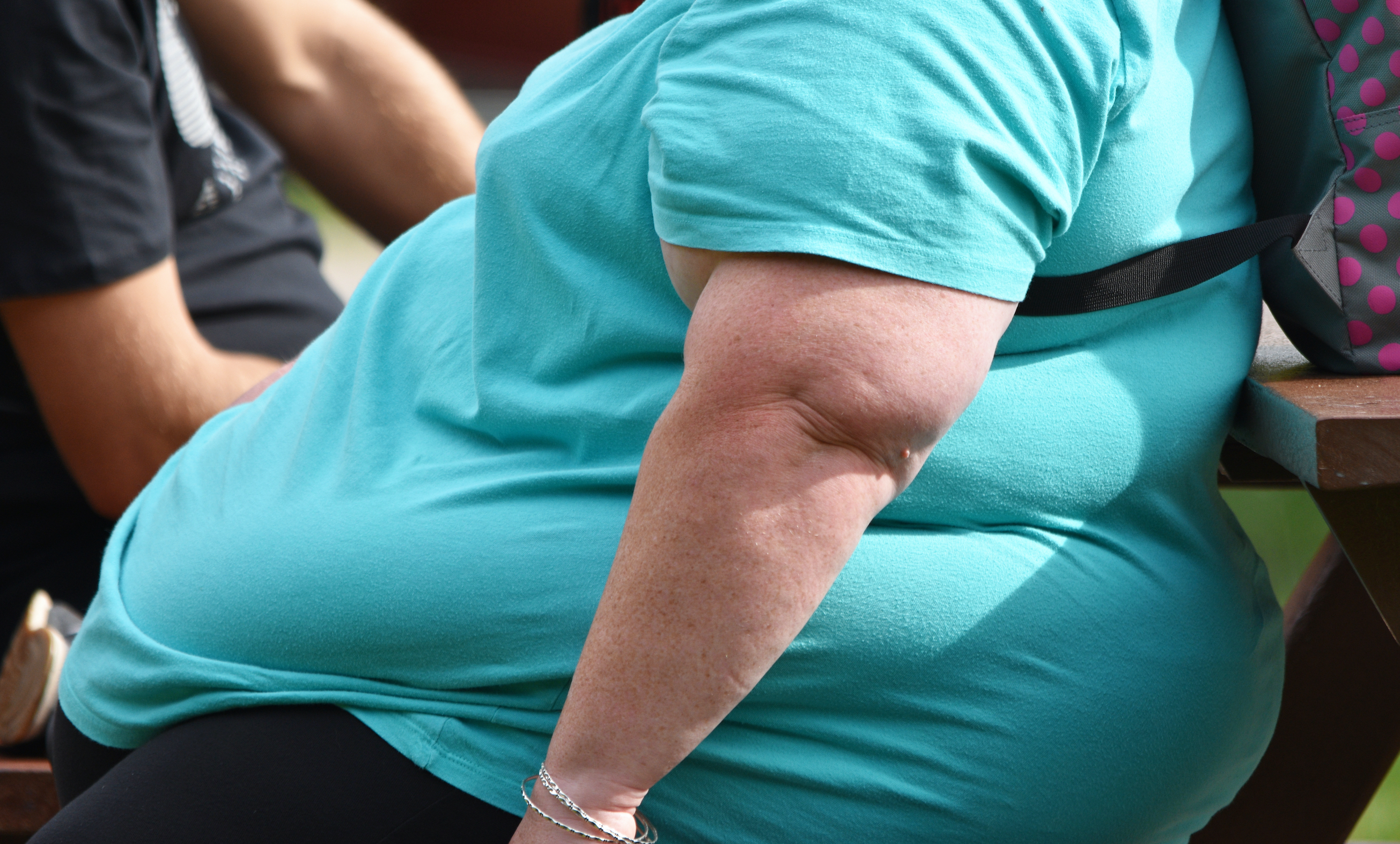How can we understand the relationship between health and social justice? The best place to begin is with our understanding that health is created and distributed in society and not only in the hospital, clinic or research laboratory.
If health is created and distributed in society, what are the ethical implications for that? A profound amount of knowledge has been produced in the field of social epidemiology, a sub-discipline of epidemiology (though some would say that all epidemiology is social). What social epidemiologists study is the causes and distribution of disease and health in people.


